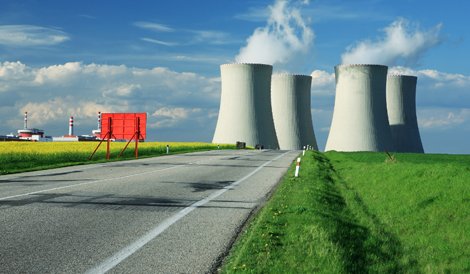The International Energy Agency (IEA) has estimated that increasing global demand for electricity will require the addition of 1,000MW of power per week for the next 20 years just to keep up with global energy use. A recent report from UK energy provider Npower suggests that in the UK at least, energy inflation will be largely driven by decarbonization costs, taxation, regulation and politics.
Looking wider, we see a similar situation in many parts of the world where input materials such as oil and gas are no longer key determinants of end user price. We are now seeing isolated evidence that large industrial users are taking a strategic approach to energy procurement that includes on-site grid independent generation.
Are we heading to something that some would refer to as a tipping point? That is to suggest the current situation is changing and we are nearing a stage from where we cannot easily go back. Industrial consumers, including data center operators, are increasingly considering how to insulate their business from energy inflation, regardless of inflation’s source.
The future? An electricity grid that will provide a platform for easier integration of distributed generation from renewables; it will promote smarter consumption and deliver better energy security for all by seamlessly integrating multiple and distributed generation sources. There are some trends and issues to consider as we plot our course to whatever this future might look like:
- - Global demand for energy continues unabated and a growing global population will do little to soften the demand. Critically, the ‘peakiness’ of demand continues to dominate energy planning.
-
- Natural gas has provided much needed relief to the supply side for fossil fuel and at a competitive price point. However, it’s unclear how long this ‘honeymoon’ will last – but it may present new opportunities in the short to medium term. -
- The adoption of renewables is increasing globally for a number of reasons but mainly driven by better operating economics, integration and lower infrastructure cost. The carbon taxation element of energy generated from fossil fuel will become a more pressing matter as the renewable share of capacity inevitably increases, but for now 40% of global energy still comes from coal. -
- While some countries have extremely reliable electrical distribution grids the story is mixed globally. The shift from centralized generation (power stations) to distributed generation (microgrids, fuel cells, solar panels, and so on) is taking place in some jurisdictions. -
- Demand response programs are gaining acceptance as a viable platform for industrial consumers to help grid operators manage peaks and at the same time deliver alternative revenue streams to the participants. -
- The availability of reliable and competitively priced electricity is a key driver of economic performance and in many countries grid investment is becoming necessary to continue its provision. We are clearly heading to a point where the grid is going to need retooling and this will undoubtedly create some new business opportunities for all the stakeholders.
As industrial users look at risk mitigation for energy costs we could see an uptick in these users going off grid to generate their energy onsite from gas or renewables, or perhaps shifting from an electrical grid to a gas grid.
Here’s the tipping point – if large consumers were to abandon the electrical grid en-masse, then the fixed costs of running the grid would be divided across a smaller number of consumers.
Such a development could lead to a very real cost challenge for grid operators and ultimately economic growth.
A better way?
Grid independent or ‘island mode’ generation has a part to play in mitigating energy inflation and operational risk. Couple this with the new functionality and reliability of a smart grid and this approach can make strong business sense for everyone. This is not an ‘either/or’ debate.
A balanced solution where onsite or microgrid capacity is also connected to a smart grid could offer commercial benefit for all stakeholders and be the bedrock of a sustainable energy future.
If large consumers, such as data centers, are able to participate in a future smart grid and find new revenue streams from that participation we may well have created a mutually beneficial platform for reliable energy into the future.
Let’s all become part of the dialogue on how we can better take advantage of the smart grid to ensure sustainable business and a sustainable planet.
Ciaran Flanagan will speak at DatacenterDynamics Converged London on Day 2, November 21

